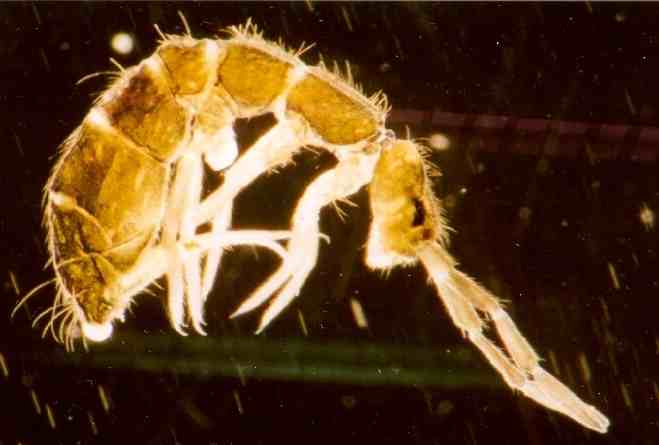|
Absolonia
''Absolonia'' is a genus of springtails belonging to the family Onychiuridae Onychiuridae is a family of Collembola. This family has 600 species in 51 genera. List of genera According to ''Checklist of the Collembola of the World'': * Onychiurinae Lubbock, 1867 ** Cribrochiurini Weiner, 1996 *** '' Cribrochiurus'' Wei .... Species: * ''Absolonia gigantea'' (Absolon, 1901) References {{Taxonbar, from=Q18585455 Collembola Springtail genera ... [...More Info...] [...Related Items...] OR: [Wikipedia] [Google] [Baidu] |
Onychiuridae
Onychiuridae is a family of Collembola. This family has 600 species in 51 genera. List of genera According to ''Checklist of the Collembola of the World'': * Onychiurinae Lubbock, 1867 ** Cribrochiurini Weiner, 1996 *** '' Cribrochiurus'' Weiner, 1996 ** Hymenaphorurini Pomorski, 1996 *** '' Arneria'' Pomorski, 2000 *** '' Dinochiurus'' Pomorski & Steinmann, 2004 *** '' Heteraphorura'' Bagnall, 1948 *** '' Hymenaphorura'' Bagnall, 1948 *** '' Kalaphorura'' Absolon, 1901 *** '' Paronychiurus'' Bagnall, 1948 *** '' Probolaphorura'' Dunger, 1977 *** '' Protaphorurodes'' Bagnall, 1949 *** '' Psyllaphorura'' Bagnall, 1948 *** '' Reducturus'' Pomorski & Steinmann, 2004 *** '' Sacaphorura'' Pomorski & Steinmann, 2004 *** '' Vexaphorura'' Pomorski & Steinmann, 2004 *** '' Wandaphorura'' Pomorski, 2007 ** Oligaphorurini Bagnall, 1949 *** '' Archaphorura'' Bagnall, 1949 *** '' Chribellphorura'' Weiner, 1996 *** '' Dimorphaphorura'' Bagnall, 1949 *** '' Micraphorura'' Bagnall, 1949 *** '' ... [...More Info...] [...Related Items...] OR: [Wikipedia] [Google] [Baidu] |
Springtail
Springtails (Collembola) form the largest of the three lineages of modern hexapods that are no longer considered insects (the other two are the Protura and Diplura). Although the three orders are sometimes grouped together in a class called Entognatha because they have internal mouthparts, they do not appear to be any more closely related to one another than they are to all insects, which have external mouthparts. Collembolans are omnivorous, free-living organisms that prefer moist conditions. They do not directly engage in the decomposition of organic matter, but contribute to it indirectly through the fragmentation of organic matter and the control of soil microbial communities. The word ''Collembola'' is from the ancient Greek "glue" and "peg"; this name was given due to the existence of the collophore, which was previously thought to stick to surfaces to stabilize the creature. Some DNA sequence studies suggest that Collembola represent a separate evolutionary line fro ... [...More Info...] [...Related Items...] OR: [Wikipedia] [Google] [Baidu] |
Collembola
Springtails (Collembola) form the largest of the three lineages of modern hexapods that are no longer considered insects (the other two are the Protura and Diplura). Although the three orders are sometimes grouped together in a class called Entognatha because they have internal mouthparts, they do not appear to be any more closely related to one another than they are to all insects, which have external mouthparts. Collembolans are omnivorous, free-living organisms that prefer moist conditions. They do not directly engage in the decomposition of organic matter, but contribute to it indirectly through the fragmentation of organic matter and the control of soil microbial communities. The word ''Collembola'' is from the ancient Greek "glue" and "peg"; this name was given due to the existence of the collophore, which was previously thought to stick to surfaces to stabilize the creature. Some DNA sequence studies suggest that Collembola represent a separate evolutionary line fro ... [...More Info...] [...Related Items...] OR: [Wikipedia] [Google] [Baidu] |

.jpg)